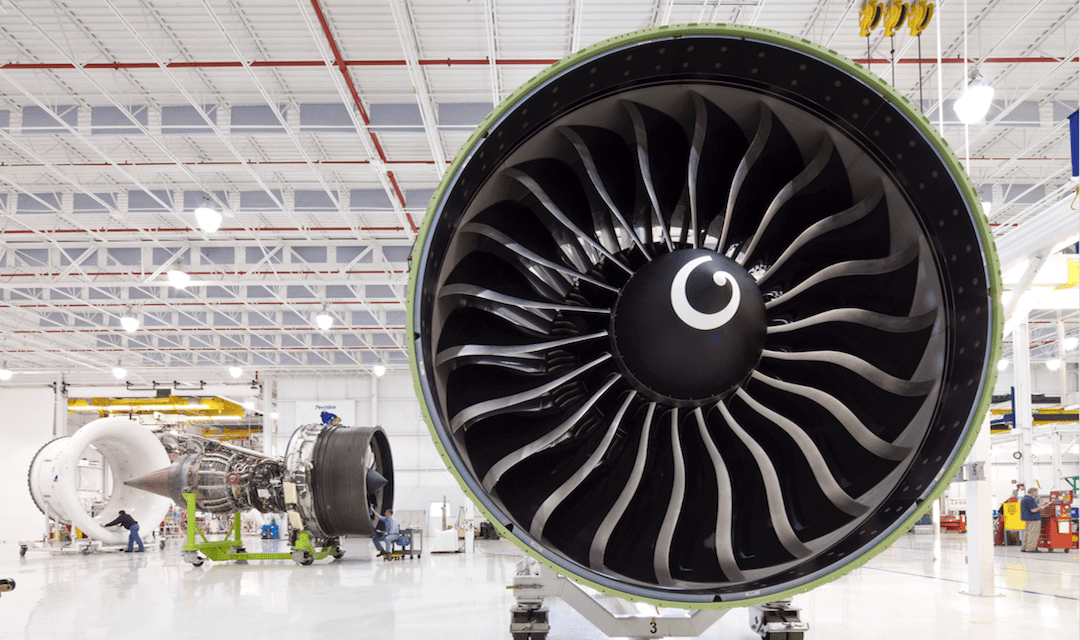‘Nod for game-changer jet engine technology transfer expected soon’
Context
U.S. Ambassador Eric Garcetti stated that U.S. Congressional approval for the GE-HAL jet engine deal, the first-ever such technology transfer between the U.S. and India, is anticipated in the coming days and that stronger trade ties might result from India lowering its tariffs and adopting more “predictable regulations”. Mr Garcetti stated that the United States would like to assist but would not “compromise” on the language of Ukraine to construct a common declaration before U.S. Vice President Joseph Biden’s trip to Delhi for the G-20 conference.
What is the General Electric F414 Engine?
- The General Electric F414 is a 22,000-pound thrust afterburning turbofan engine made in the United States by GE Aerospace. The F414 was developed from GE’s popular F404 turbofan and was made bigger and better so that it could be utilized with the Boeing F/A-18E/F Super Hornet.
Which aircraft uses GE F414 Engines?
- Boeing EA-18G Growler
- Boeing F/A-18E/F Super Hornet
- EADS Mako/HEAT
- HAL Tejas Mk2
- HAL TEDBF
- HAL AMCA
- KAI KF-21 Boramae
- Lockheed Martin X-59 QueSST
- Saab JAS 39E/F Gripen
Jet Engine Deal
- Overview of the Agreement: GE and HAL have an ongoing agreement for the production of F414 jet engines for the LCA-MK2 in India. The agreement calls for a sizable technology transfer, with GE giving HAL access to 80% of the engine’s technology.
- Technology Transfer: This transfer marks a considerable improvement over the 58% technology transfer percentage of the previous agreement from 2012. The transfer of technology encompasses several engine production-related topics, including welding, composite materials, laser drilling, fabrication of turbine blades, nozzle guiding vanes, black machining, forging, and casing machining.
- Timeline: Three years after the contract is signed, the first engine is anticipated to be released. The agreement intends to make it possible for the F414-INS6 engine to be completely manufactured in India, with only a small component being produced overseas.
- Why is it important? : Transfer of Technology Is Important The remarkable 80% technology transfer illustrates the extent of American trust that India inspires. It surpasses earlier agreements between the two countries for the transfer of technology, making it a noteworthy accomplishment.
- Approval Process: International Traffic in Arms Regulations (ITAR) and the Export Administration Regulations (EAR) are the regulatory frameworks that must be approved by the U.S. Congress for the sale to go through. Through their strategic trade conversation, India and the US have made an effort to overcome regulatory concerns.
- Cost and Quantity: Although the ultimate price of the arrangement hasn’t been decided, it’s anticipated that it will be indexed to the 2012 agreement. According to that deal, the price for 99 engines now should be less than $1 billion. There will probably be 120–130 LCA-MK2 planes constructed.
- Enhanced Capabilities: The LCA-MK2’s capabilities will be greatly improved by the F414 engines. In comparison to the MK1 and MK1A models, the MK2 variant will be longer, have canards, and have a higher payload capacity.
- Additional Co-Development: Talks about co-developing a 110KN engine to power the Advanced Medium Combat Aircraft (AMCA)-MK2 are still ongoing. Although a final choice has not yet been made, GE is also regarded as a contender for this deal.
General Electric F414
- Engine: GE Aerospace (previously GE Aviation) is the designer and manufacturer of the F414 after-burning turbofan engine. This powerful engine, which belongs to the 22,000-pound (98 kN) thrust category, is appropriate for high-performance military aircraft.
- Derivation: The F414 engine is a derivative of the GE F404 turbofan engine. The F404 engine, which has been extensively employed in many different aircraft, including the F/A-18 Hornet, is the foundation for the F414 engine.
- Purpose: The Boeing F/A-18E/F Super Hornet, an updated and larger version of the F/A-18 Hornet, is the primary application for the F414 engine. The F414 was specially designed to satisfy the Super Hornet’s demands for higher thrust and 7670 improved performance.
- Improvements: The F414 engine includes several improvements and upgrades over the F404 engine. These include an afterburner, a bigger fan and core, and increased durability. Increased thrust and better performance as a whole are the results of these advances.
- Afterburner Capability: The F414 engine’s afterburner is a notable feature. A secondary burner known as an afterburner injects and ignites fuel after the engine’s primary combustion chamber. When needed, it gives an extra surge of push, enabling high-speed operations and better manoeuvrability.
Impact of the Engine on Indian Defence:
- Performance Improvement: A new engine can help military aircraft perform better. It can provide greater speed, range, fuel efficiency, and payload capacity, improving the defence forces’ total operational capability.
- Modernization of Equipment: Adding a fresh engine to current military systems can help to bring them up to date. Older machinery’s lifespan can be increased through engine upgrades, which also increase their dependability and capacity to handle present-day and foreseeable operational demands.
- Strategic Advantages: By allowing India’s defence forces to operate in a wider range of situations, such as high-altitude regions, severe weather conditions, and difficult terrains, the adoption of sophisticated engines can give India a strategic advantage. India’s military might and response might be improved as a result.
- Technological Independence: By creating or purchasing cutting-edge engines, India can lessen its reliance on other nations for essential defence technologies. This move toward domestically produced engines can increase self-sufficiency and advance the domestic defence industry.
- Research and development: A new engine’s debut frequently necessitates sizable research and development activities. Such programs can promote creativity, progress technology, and improve the nation’s scientific and engineering capabilities. Collaboration with international engine manufacturers can also promote skill development and knowledge transfer.





